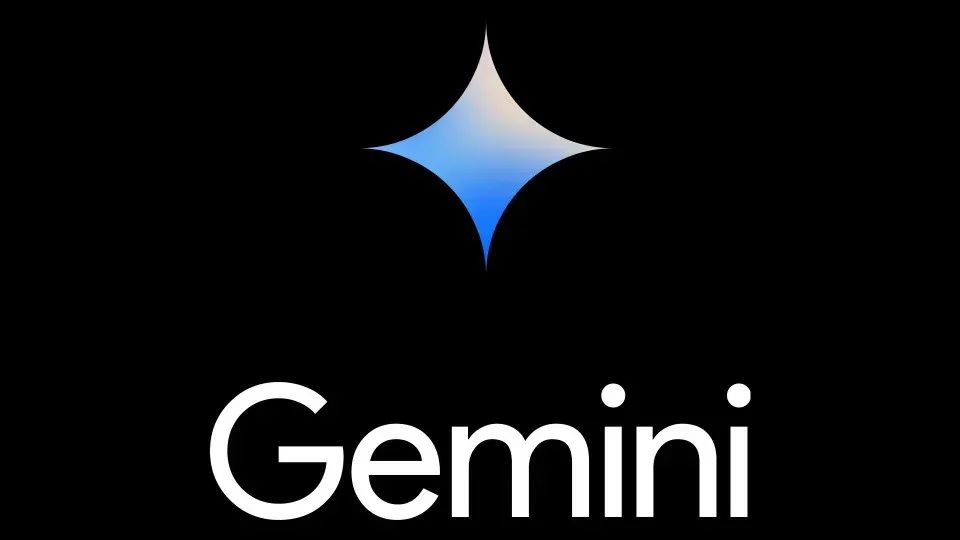Want to be close friends with Dilireba? Google is creating AI chatbots based on celebrity images
![]() 06/26 2024
06/26 2024
![]() 565
565
Written by | Yuki
Edited by | Yuki
According to The Information, Google is exploring a new plan to collaborate with celebrities and well-known YouTube influencers, leveraging their images and combining them with Google's Gemini large language model to develop a series of "chatbots." Additionally, Google is developing a feature that allows anyone to create personal AI chatbots based on personality and appearance descriptions.


The idea of creating AI chatbots based on celebrity images is not unique to Google. Meta has previously launched similar products, and the ability to customize personal chatbots has already been achieved by the startup Character.ai. It's worth mentioning that one of Character.ai's co-founders, Noam Shazeer, was a Google engineer and one of the pioneers of the generative AI foundation technology, "Transformer."
Currently, it is unclear which celebrities or influencers Google will collaborate with. When Meta developed its chatbots, its partners included TikTok star Charli D'Amelio, YouTube star Mr. Beast, rapper Snoop Dogg, Tom Brady, and Paris Hilton, among others. Character.ai has created characters including politicians, philosophers, fictional characters, and even talking cheese. It is reported that this project is led by Ryan Germick, a senior executive who once headed Google Doodles, with a team size of 10.
Google's chatbot project may only be an experimental exploration and may ultimately only be showcased in Google Labs without large-scale promotion. Notably, Meta's attempts have not achieved significant success. For example, The Information pointed out that the Meta chatbot based on rapper Snoop Dogg, who has 87.5 million followers, only has 15,000 Instagram followers.

AI chatbots based on celebrity and influencer images offer a series of unique features and characteristics aimed at providing users with a more personalized and interactive experience. These features mainly include:
1. Personalized conversations: These chatbots can mimic the language style and tone of their celebrity or influencer prototypes, engaging in personalized conversations with users. Users can experience talking to real celebrities, adding a sense of authenticity to the interaction.
2. Customized content: Users can customize chat content based on their interests and needs. Whether seeking life advice, career planning, or simple daily chatter, these chatbots can provide corresponding feedback and suggestions.
3. Entertainment interaction: In addition to daily conversations, these chatbots can also provide entertainment functions such as telling jokes and sharing funny stories, bringing users a lighthearted and enjoyable communication experience.
4. Simulating real-life experiences: By combining the images and voices (if available) of celebrities or influencers, these chatbots can simulate the experience of interacting with real people, making fans feel closer to the stars they admire.
5. Education and learning: Some chatbots may also integrate educational and learning functions, allowing users to learn new knowledge or skills through conversations with celebrities, such as cooking, fitness, music, etc.
6. Emotional support: For users seeking psychological comfort or emotional support, these chatbots based on celebrity images can provide a certain degree of comfort and encouragement, helping users relieve stress and anxiety.
7. Creative expression: For users who wish to create personalized AI chatbots, these platforms provide an opportunity for them to create a unique virtual image based on their personality and appearance descriptions, realizing creative expression.
In summary, AI chatbots based on celebrity and influencer images aim to provide users with an interactive platform that is both interesting and useful by combining advanced artificial intelligence technology and rich personalized features.







